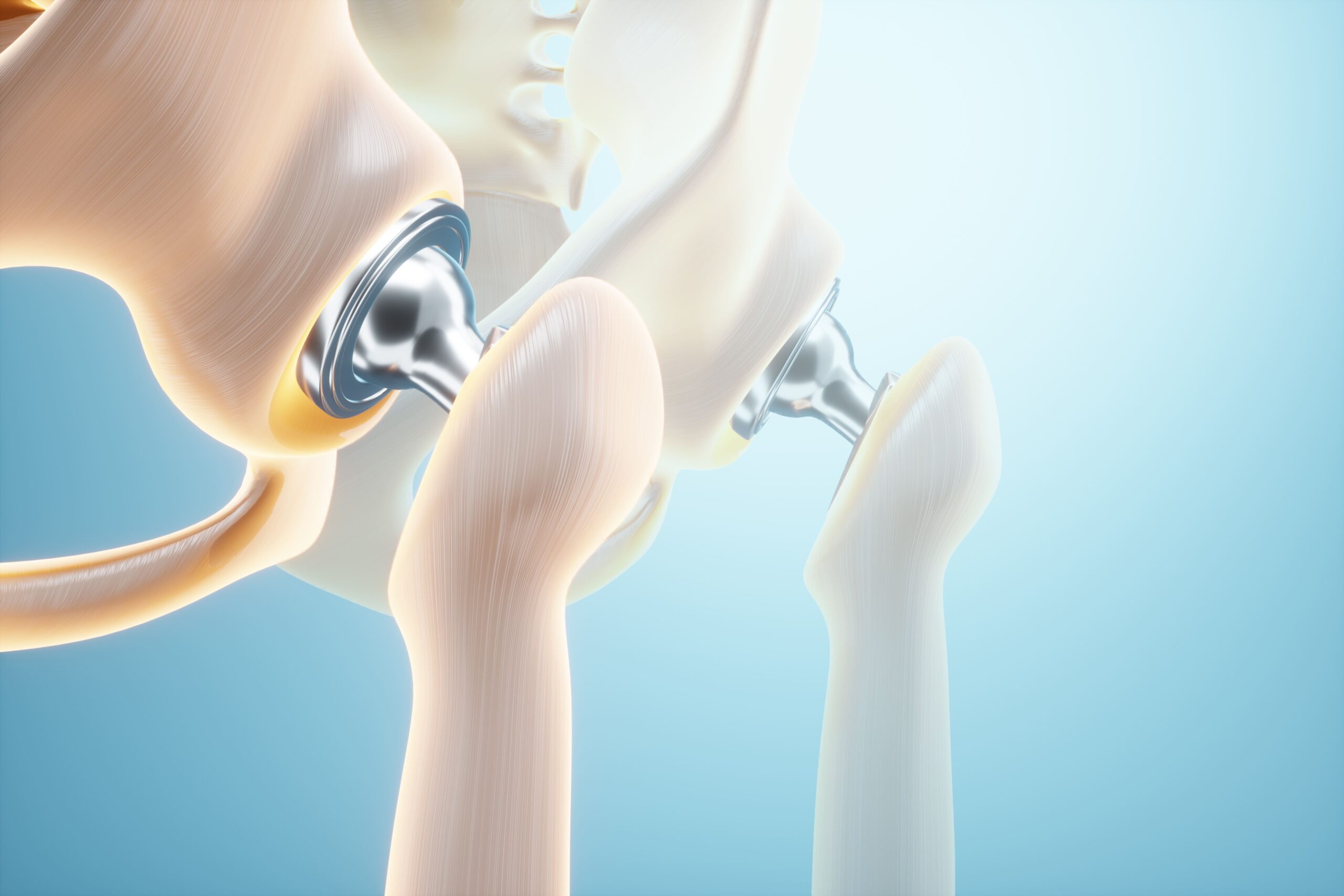Discover minimally invasive surgery for hip replacement, an effective solution for rapid and lasting recovery. This advanced orthopedic approach reduces trauma, speeds up recovery, and minimizes risks. Hip replacements are an effective solution for restoring functionality and relieving pain caused by hip joint conditions. Within hip surgery minimally invasive approaches have emerged as innovative and advanced methods for performing prosthetic replacements. Let’s learn more about this through this helpful article.
Index
- Hip replacement: what does minimally invasive surgery mean?
- Why opting for minimally invasive hip replacement surgery?
- FAQ
Hip replacement: what does minimally invasive surgery mean?
The orthopedic minimally invasive surgical approach refers to a surgical technique aimed at minimizing trauma to muscle, bone and connective tissue during orthopedic procedures such as hip, knee, shoulder or foot replacement, etc.
This methodology relies on the use of specific surgical instruments and the design of smaller incisions. The approach involves separating or cutting the surrounding muscles and tissues to gain access to the surgical area.
Why undergo minimally invasive hip replacement surgery?
For the patient a minimally invasive surgical approach brings numerous advantages thanks to reduced tissue trauma and faster recovery.
Patients undergoing minimally invasive surgery benefit from a shorter hospital stay compared to those undergoing the traditional approach. This can contribute to cost reduction and improved comfort for patients.
Moreover the minimally invasive approach may present a lower risk of surgical complications. Reduced tissue dissection and less tissue exposure reduce the risk of infections, healing problems and lower transfusion risk.
How is a modern hip prosthesis made?
A minimally invasive hip prosthesis consists of several components that work together to restore joint functionality. The prosthesis is characterized by:
- the acetabular component inserted into the acetabular cavity. This is the part of the pelvis (hip) that forms the hip joint. It usually consists of a cup made of titanium. The component can be cemented or anchored directly to the bone using a rough press-fit surface or bone screws. An insert, usually made of ceramic or polyethylene, is placed inside the titanium cup;
- the femoral component, typically consisting of a metal stem that is placed into the femoral canal. The femoral component has a spherical head that connects to the acetabular component. The spherical head can be made of ceramic or metal;
- finally, to ensure stability and proper positioning of the hip prosthesis, additional fixation elements such as screws or rings may be used.
The lifespan of a hip prosthesis depends on several factors including the type of prosthesis used, the patient’s lifestyle and proper positioning during surgery. In general, hip prostheses can last 20 years or even longer.
It is important to note that wear and tear, the patient’s age, and physical activity can affect the lifespan of the prosthesis. Some patients may require surgical revision of the prosthesis over time. Regular monitoring of the condition of the hip prosthesis is essential, and early intervention when the first symptoms of hip arthritis are perceived is crucial.
Contact me now: I am Dr. Vanni Strigelli, an orthopedic surgeon in Florence. Call me to schedule an initial consultation and permanently alleviate your joint pain.
FAQ
What is hip arthritis?
Hip arthritis is a degenerative condition of the hip joints in which the cartilage lining the joint surfaces progressively deteriorates. This leads to pain, stiffness and limitation of hip movements. Arthritis can be caused by various factors including aging, joint wear and tear, trauma or congenital abnormalities.
When is surgery necessary to resolve hip arthritis?
Surgery to address hip arthritis is typically considered when pain and limited mobility become persistent and significantly affect the patient’s quality of life despite conservative treatments such as physical therapy or medication. The doctor will carefully assess the symptoms, perform a physical examination and review diagnostic imaging to determine if surgery is the most suitable option.
What does minimally invasive surgery mean?
Minimally invasive surgery is a surgical technique aimed at reducing the size of the incision and the trauma to surrounding tissues during the procedure. This is achieved using special instruments and advanced techniques that allow the surgery to be performed through small incisions. This technique may involve the use of specialized surgical instruments and smaller prosthetic implants.
Why is minimally invasive surgery better than traditional surgery?
Minimally invasive surgery offers several advantages over traditional surgery. Firstly, smaller incisions reduce trauma to surrounding tissues, leading to less post-operative pain, faster healing and reduced scarring.
The reduction in surgical trauma can also lower the risk of complications and shorten hospital stays. However it’s important to note that the choice between minimally invasive surgery and traditional surgery depends on the severity of the condition and the individual characteristics of the patient and it will be the doctor who determines the most appropriate technique for each specific case.


